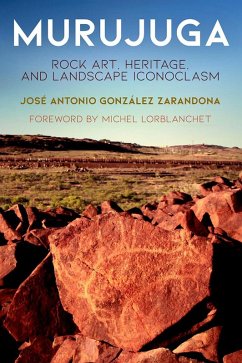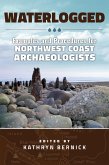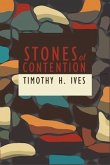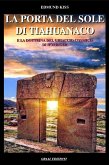A fascinating case study of the archaeological site at Murujuga, Australia Located in the Dampier Archipelago of Western Australia, Murujuga is the single largest archaeological site in the world. It contains an estimated one million petroglyphs, or rock art motifs, produced by the Indigenous Australians who have historically inhabited the archipelago. To date, there has been no comprehensive survey of the site's petroglyphs or those who created them. Since the 1960s, regional mining interests have caused significant damage to this site, destroying an estimated 5 to 25 percent of the petroglyphs in Murujuga. Today, Murujuga holds the unenviable status of being one of the most endangered archaeological sites in the world. José Antonio González Zarandona provides a full postcolonial analysis of Murujuga as well as a geographic and archaeological overview of the site, its ethnohistory, and its considerable significance to Indigenous groups, before examining the colonial mistreatment of Murujuga from the seventeenth century to the present. Drawing on a range of postcolonial perspectives, Zarandona reads the assaults on the rock art of Murujuga as instances of what he terms "landscape iconoclasm": the destruction of art and landscapes central to group identity in pursuit of ideological, political, and economic dominance. Viewed through the lens of landscape iconoclasm, the destruction of Murujuga can be understood as not only the result of economic pressures but also as a means of reinforcing-through neglect, abandonment, fragmentation, and even certain practices of heritage preservation-the colonial legacy in Western Australia. Murujuga provides a case study through which to examine, and begin to reject, archaeology's global entanglement with colonial intervention and the politics of heritage preservation.
Dieser Download kann aus rechtlichen Gründen nur mit Rechnungsadresse in A, D ausgeliefert werden.









